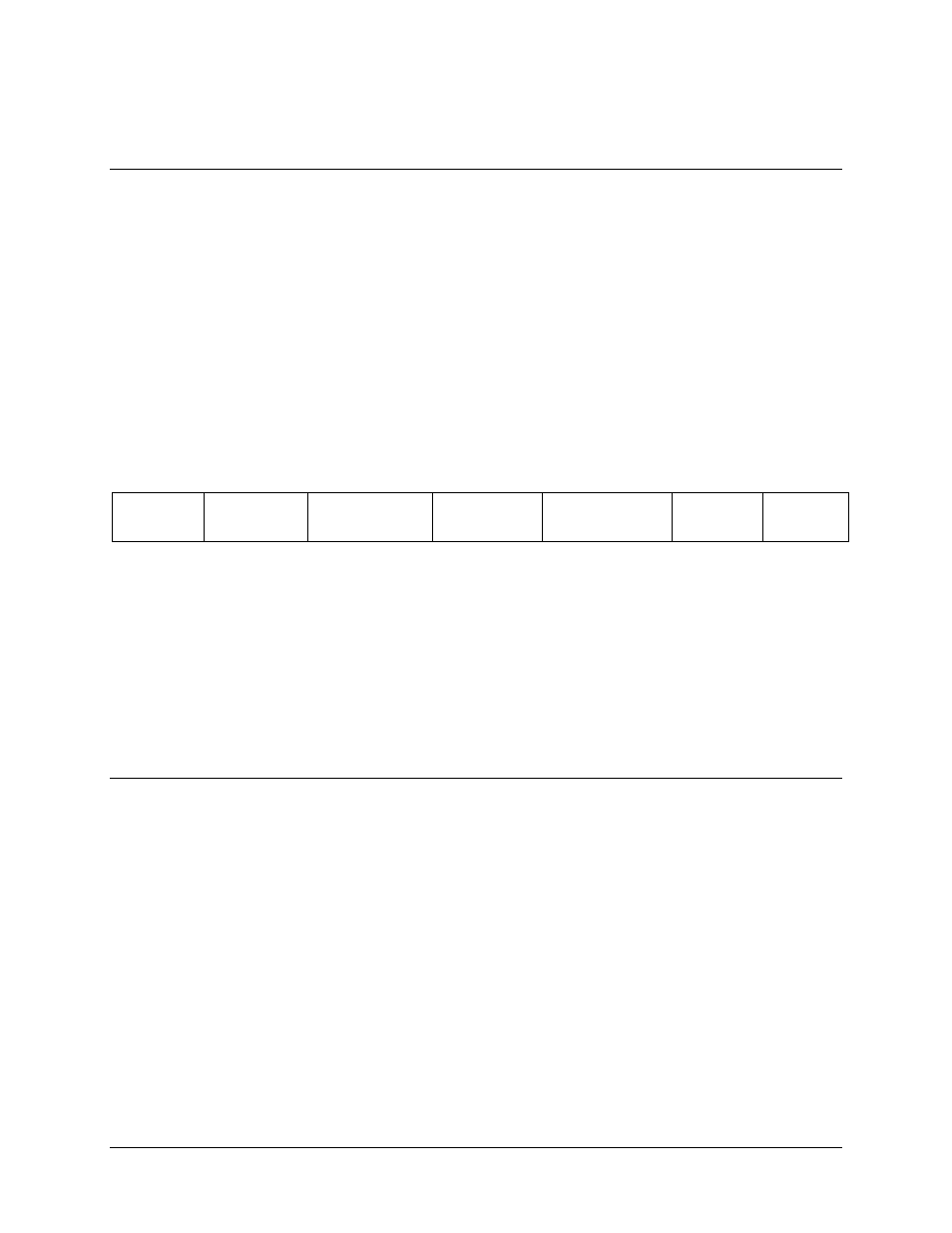A.2 communication protocols, A.2.1 command message format, A.2.1.1 header and ending byte – Comtech EF Data HPCST-5000 User Manual
Page 151

High-Power TWTA Satellite Terminals
Programming Guide for Redundant Controller
Rev. 1
A–3
A.2 Communication Protocols
Two message formats are used:
•
“command” message format
•
“response” message format
Each format is discussed in detail in the following paragraphs.
Note: Two ASCII reference tables are included in the following paragraphs.
A.2.1 Command Message Format
The structure of the command message is:
HEADER
BYTE
PRIMARY
ADDRESS
(Controller)
SECONDARY
ADDRESS
(Amplifier)
COMMAND
Byte
PARAMETERS
(If Required)
ENDING
BYTE
CHECK
BYTE
Each element of the command message is described in the following paragraphs.
Note: The communication protocols for direct control of the TWTAs (single TWTAs not
installed as part of a redundant system) is similar to but not the same as that for direct
control of the redundant system controller. The difference is that the TWTA command
and response messages do not include a secondary address byte. In a redundant system,
the controller receives and identifies TWTA commands (which are flagged by the
secondary address byte of the command message sent to the controller) and forwards
them to the appropriate TWTA(s).
A.2.1.1 Header and Ending Byte
Two options are available:
•
“non-printable” mode
•
“printable” mode
The header byte determines which mode is to be used. The header bytes and ending bytes
are paired as shown in Table A-1. The check byte mode is also set to match the mode of
the Header and Ending byte. The header byte of the command message determines the
mode of the response message. If the command is structured as non-printable mode, the
response will be returned in the non-printable mode. If the command is structured as
printable mode, the responses will be returned in the printable mode.
